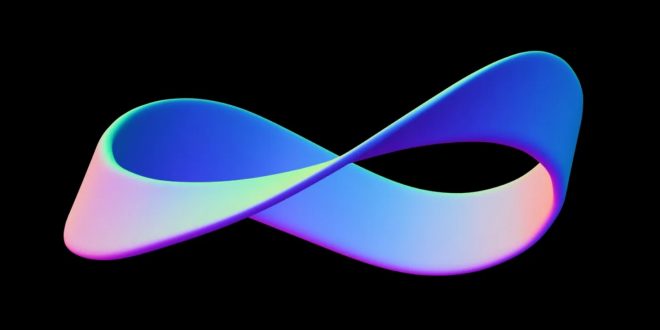One-sided Möbius strips are fun geometric shapes. A strip of paper has a front and back. Twist and glue the short edges. Suddenly, no front or back. You could draw a line across its surface without lifting the pencil. Mathematicians proposed the minimum strip size 46 years ago but couldn’t prove it. Someone finally has.
Since August Ferdinand Möbius and Johann Benedict Listing created the strip, its mathematical complexity had to be balanced with its ease of making and visualizing. As expected, Charles Sidney Weaver and Benjamin Rigler Halpern proposed the Halpern-Weaver Conjecture in 1977, which stated the minimum strip width-to-length ratio. For a strip with a width of 1 centimeter (0.39 inches), the length should be at least the square root of 3 centimeters (1.73 or 0.68 inches).
For smooth Möbius strips that are “embedded” (don’t intersect), the conjecture had no solution. In 2020, Brown University mathematician Richard Evan Schwartz suggested that if the strip can go through itself, the problem is easier to solve. He was wrong. Schwartz fixed the mistake and solved the conjecture in a preprint.
Lemma from his previous paper provides the solution. A key idea is that Möbius strips have straight lines through every point and ending at the boundaries. The first part of the lemma required him to prove that perpendicular lines to those straight lines existed in the same plane. And he did.
“It is not at all obvious that these things exist,” Schwartz told Scientific American.
The next step was to slice the Möbius strips and identify their shapes. Flattening the strip on a plane simplified the problem. Schwartz originally thought a sliced strip would be a parallelogram, but it was a trapezoid.
“The corrected calculation gave me the conjecture number,” he said. “I was stunned… I wrote this thing for three days, barely sleeping.”
The preprint is on ArXiv.
 Tech Gadget Central Latest Tech News and Reviews
Tech Gadget Central Latest Tech News and Reviews




